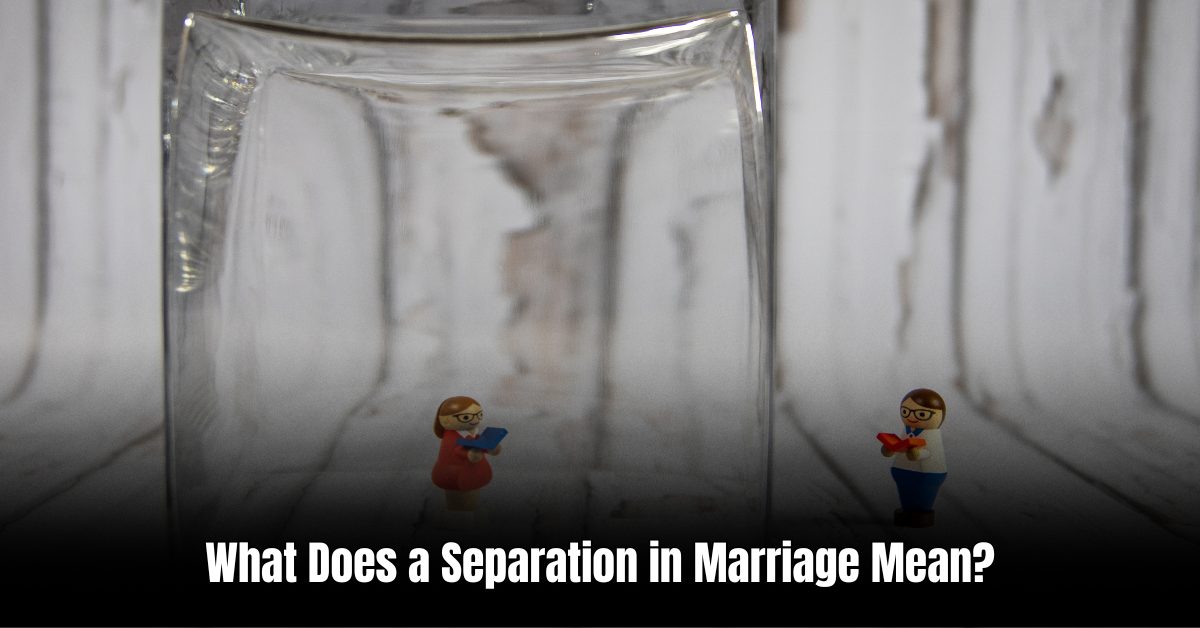The main difference between federalism and separation of powers is that federalism refers to the distribution of power between the central government and individual states, while separation of powers relates to the division of power among the legislative, executive, and judicial branches of government. Federalism determines the relationship between the central government and states, allowing for a balance of power, while separation of powers establishes checks and balances among the three branches, ensuring no single branch becomes too powerful.
These concepts are essential in democratic systems as they protect against tyranny and promote a more inclusive and balanced governance structure.
Federalism: The Power Distribution Between Government Levels
| Key principles of federalism |
|---|
| Definition and features of federalism |
| The importance of federalism in governance |
Federalism is a system of government in which power is distributed between a central authority and various regional or state governments. It is based on the idea of sharing power and responsibilities to ensure a balance between local autonomy and national unity.
- Distribution of power between different levels of government.
- The constitutional division of powers to prevent overlapping jurisdictions.
- Cooperation and coordination between central and regional governments.
- Respect for regional autonomy and diversity.
In federalism, power is divided between a central government and regional governments. This division is usually outlined in a constitution, which specifies the powers and responsibilities of each level of government.
Federalism ensures a more balanced and decentralized form of governance. It allows for local decision-making and representation, while still maintaining a unified national government. It promotes the protection of regional interests, cultural diversity, and the sharing of resources and responsibilities among different levels of government.
Separation Of Powers: Ensuring Checks And Balances
The concept of separation of powers is an essential principle in a democratic system to ensure checks and balances. It involves the division of government responsibilities among three branches: the legislative, executive, and judicial branches. Each branch has its distinct roles and responsibilities.
| Branch | Roles and Responsibilities |
|---|---|
| Legislative branch | The legislative branch is responsible for making laws, representing the interests of the people, and overseeing government actions through checks and balances. |
| Executive branch | The executive branch is responsible for enforcing laws, managing the day-to-day operations of the government, and making decisions on behalf of the nation. |
| Judicial branch | The judicial branch is responsible for interpreting laws, resolving disputes, and ensuring that justice is served by impartially applying the law. |
The significance of separation of powers lies in its ability to prevent the concentration of power in a single individual or entity. By dividing power among separate branches, it reduces the risk of authoritarianism, fosters accountability, and protects individual rights and liberties. It enables a system of checks and balances to ensure that no single branch becomes too powerful.
Key Differences Between Federalism And Separation Of Powers
Scope and application: Federalism and Separation of Powers are two fundamental principles in a democratic system. While Federalism deals with the distribution of powers between a central government and regional governments, Separation of Powers focuses on the functional division of powers among the three branches of government – executive, legislative, and judicial.
Power distribution: In Federalism, power is shared between the central government and regional governments, allowing both levels of government to have their decision-making authority. On the other hand, the Separation of Powers ensures that each branch of government has distinct powers and responsibilities, avoiding concentration of power in one single entity.
Checks and balances in government: Federalism allows for a system of checks and balances by allowing each level of government to monitor and restrict the powers and actions of the other. In the Separation of Powers, the three branches of government work independently but also check and balance each other, preventing any one branch from becoming too powerful.
Federalism: Comprehensive Power Distribution
Central government authority: Federalism is a system of government where power is divided between a central authority and subnational governments. In this model, the central government holds the ultimate authority and delegates certain powers to the subnational governments.
Division of power between national and subnational governments: One of the key aspects of federalism is the distribution of power between the national and subnational governments. While the central government has control over matters such as foreign policy and defense, subnational governments, such as states or regions, have the power to govern their respective territories and make decisions on local issues.
Autonomy of states and regions: Another characteristic of federalism is the autonomy granted to states and regions. Within their designated jurisdictions, these subnational governments have the freedom and authority to make decisions and implement policies that are specific to their local needs and interests.
Separation Of Powers: Dividing Government Functions
In a separation-of-powers system, the legislative branch is responsible for making and enacting laws. This branch represents the interests of the people and exercises the power to create, amend, and repeal legislation. It comprises elected representatives who debate and vote on proposed laws based on their constituents’ needs and interests. Their objective is to ensure that laws are fair, just, and aligned with the welfare of the society they represent.
The executive branch is responsible for implementing and carrying out the laws enacted by the legislative branch. It includes the President or head of state, along with their appointed officials and administrative bodies. The executive branch is tasked with enforcing laws, managing public affairs, and directing the overall operations of the government.
The judiciary branch ensures that laws are interpreted and applied fairly and impartially. It adjudicates disputes, resolves conflicts, and safeguards the fundamental rights and freedoms of individuals. The judiciary is independent of the legislative and executive branches and consists of various courts, judges, and legal professionals who interpret laws and make legal decisions based on the evidence and applicable legal principles.
Relationship Between Federalism And Separation Of Powers
The interplay between federalism and separation of powers has a significant influence on governance and decision-making. Federalism refers to the division of powers between the central government and the state governments, ensuring a balance of power. Separation of powers, on the other hand, emphasizes the distribution of powers among the legislative, executive, and judicial branches of government, preventing the concentration of power in one entity.
This relationship between federalism and separation of powers impacts democracy and accountability. Federalism can foster democratic governance by allowing for representation from diverse regions and interests. The separation of powers ensures checks and balances between the different branches, enhancing accountability and preventing any single branch from becoming too dominant.
In conclusion, federalism and separation of powers are intertwined concepts that shape the functioning of a government. Their interplay affects governance, decision-making, democracy, and accountability.
Federalism Vs. Separation Of Powers: Comparative Analysis
Federalism vs. Separation of Powers: Comparative Analysis
When comparing federalism and separation of powers, it is important to understand their strengths and weaknesses as well as their advantages and disadvantages. Federalism refers to the division of power between a central government and state governments, allowing for a balance of authority. This structure promotes local autonomy, fosters diversity, and ensures checks and balances in decision-making. However, it can lead to conflicts between levels of government, lack of uniformity in laws, and challenges in coordinating policies.
Separation of powers involves the division of government into three branches – executive, legislative, and judicial – each with distinct powers and responsibilities. This system ensures accountability, prevents concentration of power, and facilitates specialization. However, it can lead to power struggles, gridlock, and inefficiency in decision-making.
When evaluating their effectiveness in different governments, it is important to consider the specific context and goals of each system. Ultimately, both federalism and separation of powers aim to create a system of governance that strikes a balance between concentration and diffusion of power, ensuring the protection of citizens’ rights.
Conclusion: Achieving Effective Governance
Recognizing the importance of federalism and separation of powers:
Effective governance calls for a careful balance of power distribution within a democratic system. The concept of federalism emphasizes the division of authority between the central government and individual states or regions. This allows for local autonomy and tailoring policies to specific needs. Conversely, the principle of separation of powers aims to create checks and balances between the legislative, executive, and judicial branches of government.
By adopting federalism, nations can foster greater inclusivity and accommodate diverse interests while safeguarding national unity. Similarly, the separation of powers ensures that no single branch accumulates excessive authority, preventing tyranny and promoting accountability. As governance structures continue to evolve and adapt to societal demands, understanding the nuanced differences and benefits of federalism and separation of powers underscores the significance of achieving effective governance.
Frequently Asked Questions Of What Is The Difference Between Federalism And Separation Of Powers
What Is Federalism And How Does It Work?
Federalism is a system of government where power is divided between a central authority and regional governments.
What Are The Benefits Of Federalism?
Federalism allows for local autonomy, promotes diversity, and prevents concentration of power.
How Does Separation Of Powers Ensure Checks And Balances?
Separation of powers divides government into three branches, ensuring no single branch has complete control.
What Is The Role Of The Legislative Branch In Federalism?
The legislative branch is responsible for making laws and representing the interests of the people.
How Does Separation Of Powers Promote Democracy?
Separation of powers prevents the abuse of power and ensures accountability, which is essential to democracy.
What Are The Differences Between Federalism And Separation Of Powers?
Federalism deals with the distribution of power between different levels of government, while separation of powers deals with the division of power within a government.
Conclusion
Federalism and separation of powers are two crucial components of any democratic system. While federalism ensures a balance of power between the national and state governments, separation of powers safeguards against any one branch becoming overly dominant. Understanding these concepts is vital for a functioning government that upholds the principles of democracy and protects individual rights.
By grasping the differences between federalism and separation of powers, citizens can actively participate in shaping the political landscape and holding their leaders accountable.
Ismail Hossain is the founder of Law Advised. He is an Divorce, Separation, marriage lawyer. Follow him.




Leave a Reply